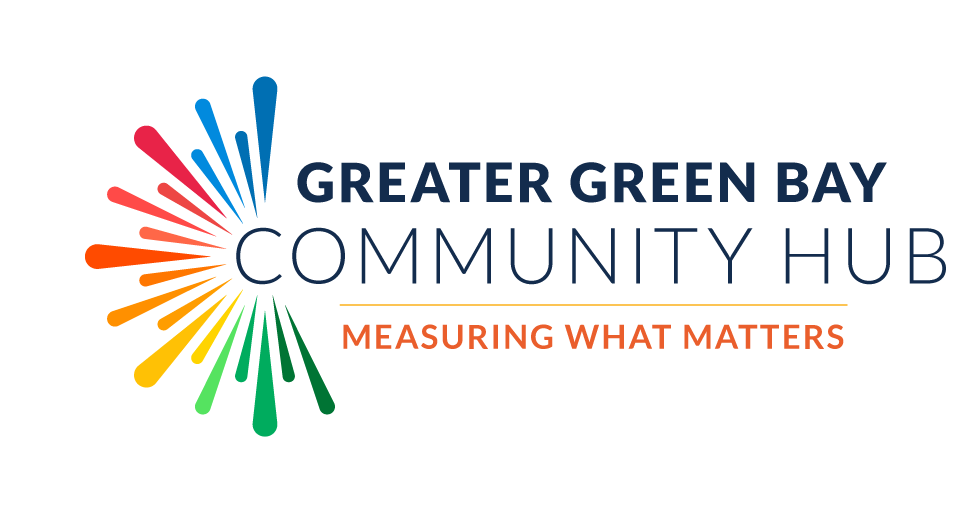Promising Practices
The Promising Practices database informs professionals and community members about documented approaches to improving community health and quality of life.
The ultimate goal is to support the systematic adoption, implementation, and evaluation of successful programs, practices, and policy changes. The database provides carefully reviewed, documented, and ranked practices that range from good ideas to evidence-based practices.
Learn more about the ranking methodology.
Filed under Evidence-Based Practice, Health / Adolescent Health, Teens, Women
Goal: The intervention aimed to reduce sexual risk behaviors, sexually transmitted diseases (STDs), and pregnancy, and enhance mediators of HIV-preventive behaviors.
Filed under Evidence-Based Practice, Health / Immunizations & Infectious Diseases, Children, Urban
Goal: The goal of this intervention is to promote catch-up immunizations for children who are behind the recommended immunization schedule.
Impact: Home vaccination for children behind in their immunization schedule is an effective and relatively cheap method of completing recommended vaccinations, and can be particularly beneficial for disadvantaged families.
Filed under Effective Practice, Health / Health Care Access & Quality, Adults, Racial/Ethnic Minorities, Urban
Goal: The goal of the Hospital Diversion Initiative is to connect individuals who chronically utilize the inpatient and emergency rooms with outpatient care.
Impact: After three months in the program, participants showed a 66% reduction in ER visits, 68% reduction in inpatient hospital stays, a 72% decrease in homelessness, an 18% reduction in unemployment, and a 66% decrease in past 30 day arrests. More than 350 individuals have been served so far.
Filed under Good Idea, Health / Disabilities, Children, Teens, Adults, Older Adults, Urban
Goal: Humanim's mission is to identify those in greatest need and provide uncompromising human services.
Filed under Evidence-Based Practice, Community / Public Safety, Children, Racial/Ethnic Minorities, Urban
Goal: The goal of this program is to increase child restraint use by Hispanic community members.
Filed under Evidence-Based Practice, Health / Physical Activity, Children, Families
Goal: To decrease saturated fat consumption and thus reduce coronary heart disease risk factors in young children.
Impact: STRIP's intervention of diet counseling that began at a child's infancy favorably impacted the child's diet through childhood up to ages 8 or 10, but the goal of 2:1 unsaturated-saturated fatty acid ratio in a child's diet was not met for either intervention or control group.
Filed under Evidence-Based Practice, Education / Educational Attainment, Children
Goal: As a national, primarily residential training program, Job Corps' mission is to attract eligible young adults, teach them the skills they need to become employable and independent, and place them in meaningful jobs or further education.
Impact: Evaluations showed that Job Corps substantially increased the education and training that program participants received. Nearly 90% of the program group engaged in some education or training (both in and out of Job Corps), compared with about 64% of the control group.
Filed under Evidence-Based Practice, Health / Health Care Access & Quality
Goal: The John Hopkins Community Health Partnership's (J-CHiP) goal is to improve care coordination with Medicare and Medicaid beneficiaries.
Impact: The John Hopkins Community Health Partnership participants saw lower spending and improved health outcomes in regards to hospital admissions, re-admissions, and emergency department visits.
Filed under Effective Practice, Health / Health Care Access & Quality, Adults, Women, Men, Older Adults, Families, Racial/Ethnic Minorities
Goal: To improve the lives of Wyandotte and Johnson County families by aiding with health insurance and assistance program applications while providing health literacy education to increase appropriate use of services to narrow the gaps between service providers.
Filed under Effective Practice, Health / Children's Health, Children, Families
Goal: The goal of Kids Get Care was to ensure that children, regardless of insurance status, received integrated preventive physical, oral, and developmental health services.
